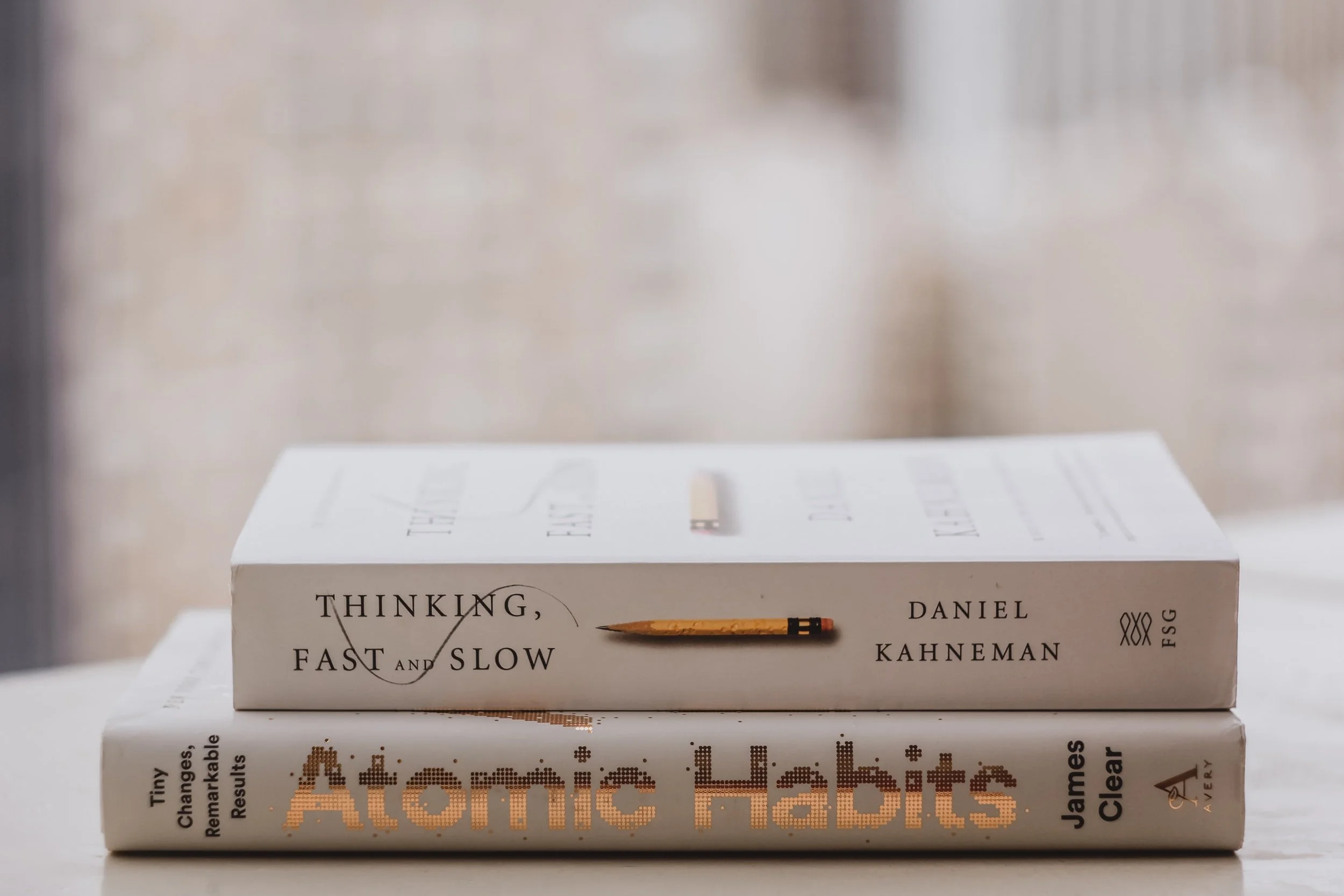The Importance of Practice
The past few years have really highlighted the importance of practice. We all know that the past few years have been intense in many ways. When intensity increases, or as one of my teachers used to say, “ when things get weird and hard” (aka: when it gets stressful), we have available to us that which is well established in our system.
What does this mean? Say I want to use meditation to calm my mind and reduce anxiety - does meditation calm me and reduce my anxiety the first time I practice it? This is an unlikely outcome. If anything, a new practice might be stressful in the beginning, while we’re figuring it out. Our nervous system defaults to what it knows when things get stressful. So, if I want my nervous system to default to meditation when I get stressed, then I need to have an ‘established meditation practice’ under my belt first. New patterns are more challenging to call on when stress happens - it’s usually the old patterns that come up by default.
A few years ago I was scheduled for a surgical procedure. In preparation, I had picked a new meditation practice, that in my mind, seemed like the 'ideal practice to support me for the stress of the surgery. As the pre-operative procedures were underway, I could feel my anxiety increase, increase, increase… Where was my “new and ideal” meditation practice? Nowhere to be found… The practice was new, and when the ‘fit hit the shan’, it was nowhere to be found. The pattern of anxiety was more established than the meditation. It’s not that meditation is bad, not at all. Like a record easily plays the next song, my nervous system more easily played the track of anxiety then it did the track of meditation.
The sanskrit word for this is samskāra. A samskāra is a ‘groove in our mind’, an imprint, pattern, or behaviour that is well-established. How does a behaviour become well-established? There are a few ways this can happen:
Through repetition: The things we do over and over create deep grooves in our minds.
Through intensity: An intense, including traumatic, experience (or series of) can create deep grooves very quickly and without necessarily requiring repetition.
Why does this matter? The well-established, or deep, imprints are the ones that can run on their own. They are the patterns that tend to arise when we are stressed or overwhelmed.
This is where the importance of practice comes in. The idea behind Ayurvedic and Yogic practices is to consciously establish health-promoting samskāras. To practice things that support us, over and over, in order for those practices to be available to us easily and when we are stressed. This is the deep power of practice - establishing supportive samskāras.
When we start the process of establishing a new habit, it’s not always easy. It takes deliberate effort, it takes energy, to put new patterns in place. We have to remember to practice, despite it being easier to do what we’ve always done. It can be really helpful to remember our why - the intention behind our practice. It is also helpful to consider the simplest and smallest version of the habit, the easiest version. And my meditation teacher Larry used to suggest adding a new habit onto a well-established habit - I call it “the piggyback”. If you want to practice pausing to breathe, think about which existing activities you could “piggyback” the breath pause onto. James Clear’s book ‘Atomic Habits’ is fabulous if you want to dive deeper into creating and maintaining habits.
The key is to remember that we have to practice the thing, in order for the thing to be there for us when we need it. This goes for so many things: daily routine, breathing, meditation, movement, nutrition, communication, compassion - anything and everything! We reinforce in our body-mind what we practice regularly. If we don’t practice the thing, then when the waters of life are rough, those grooves are not deep enough for us to easily access that pattern of behaviour.
Which practice, behaviour, or pattern would support you as we prepare for the upcoming season? What would the practice of this new pattern look like? I’d love to hear which practice you’re exploring and how it’s going – post a comment below!


